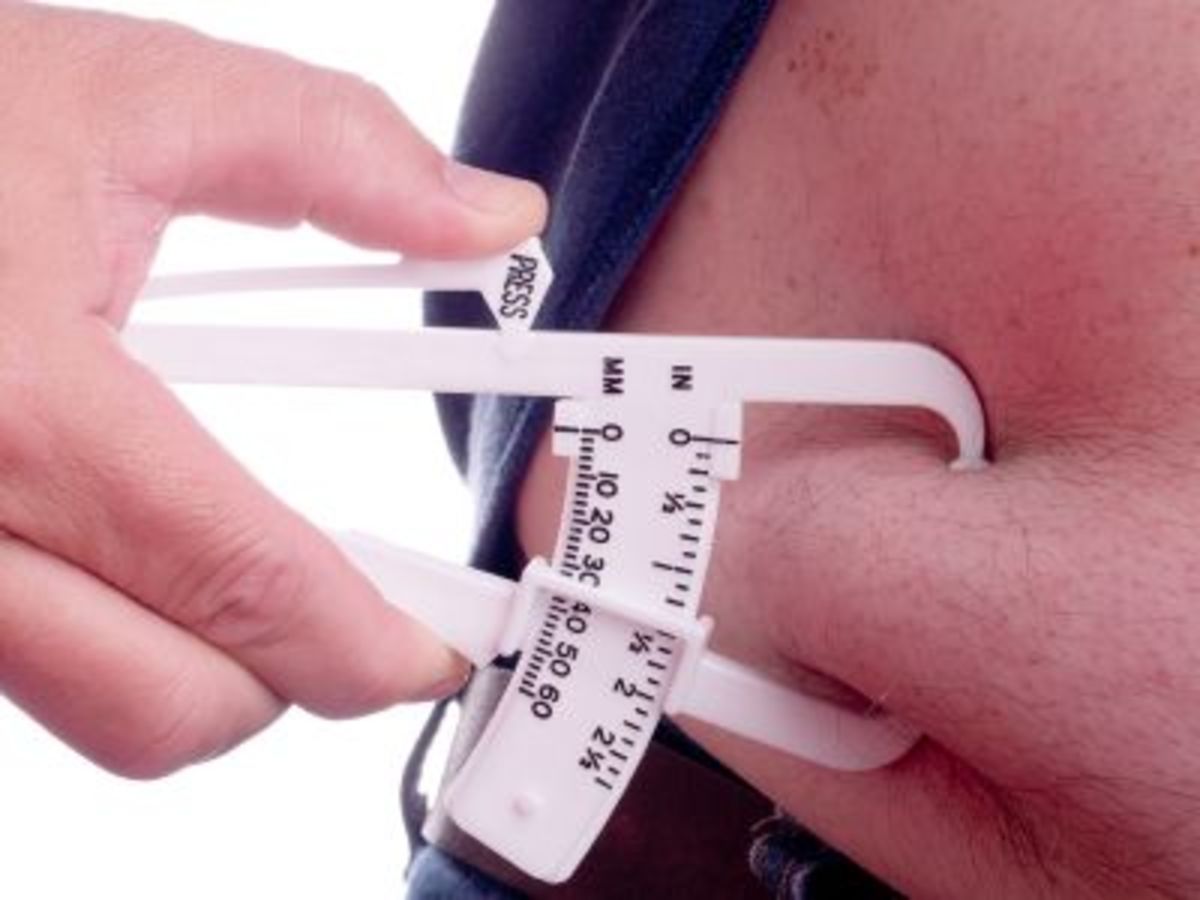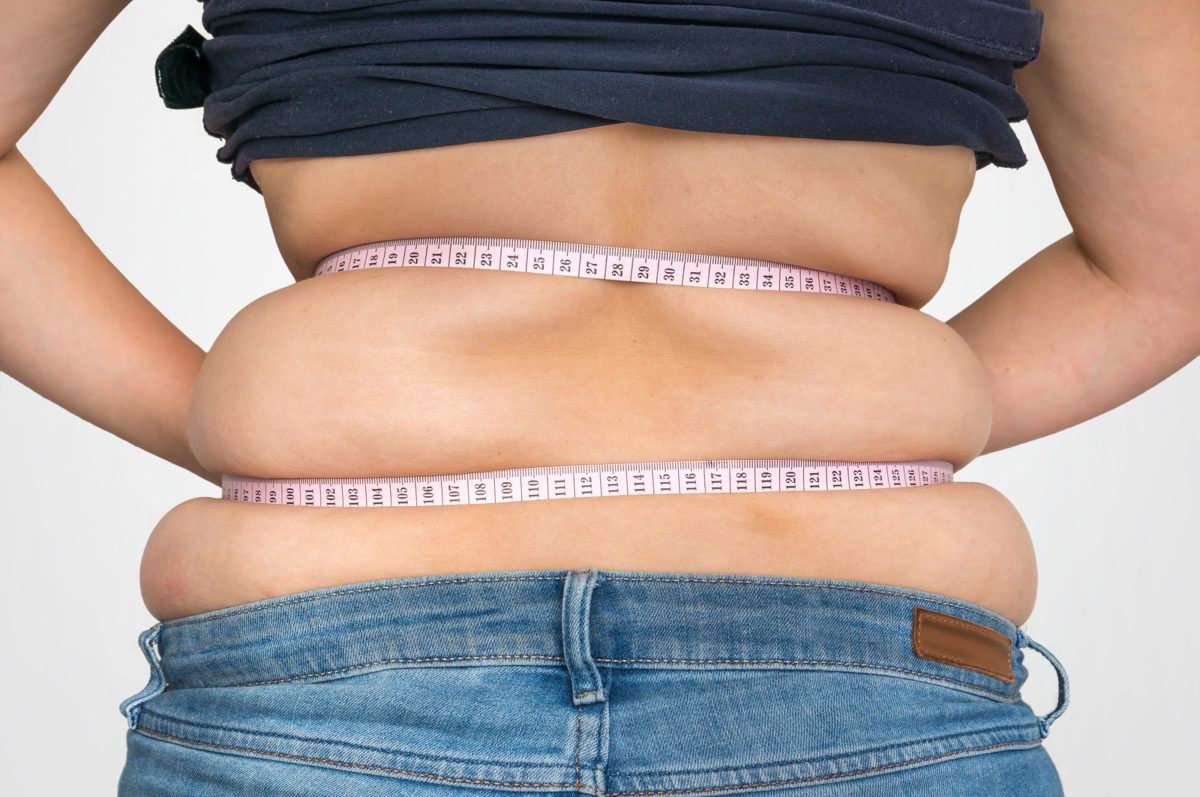Am I gaining muscle or fat? Is it fat loss or muscle loss ? These questions can leave you disappointed if the physical changes are happening and you can’t measure them at home. Maybe it’s time to find a new way to track your progress.

“Tracking precise improvements in body composition can be a challenging task to do at home, especially since at best many of the products and equations that are used to calculate these values are at best very good estimates.” says Jake Harcoff, head coach and owner of AIM Athletic (www.aimathletic.com.)
He further adds, “While they may look a little scary to some people and tend to overestimate, there are some equations which are free and can be done at home to give you at least an idea of muscle mass and body fat percentage.”
- Step 1: Weigh Yourself
- Step 2: Calculate your body mass index using this formula
- [body weight ÷ (height in inches)²] x 703
- Step 3: Calculate your body fat %
- Men: (1.20 x BMI) + (0.23 x Age) – 16.2
- Women: (1.20 x BMI) + (0.23 x Age) – 5.4
Nurudeen Tijani, personal trainer, physique athlete and founder of TitaniumPhysique shares his piece of advise for tracking progress.
5 Ways to Calculating Muscle Gain vs. Fat Gain/Loss At Home while on diet and training program:
Use a Body Fat-Caliper

Take a weekly measurement of your body fat using a fat caliper. The actual result of the fat caliper test is irrelevant. Instead, focus on your week-by-week results to determine whether you are gaining or losing fat. For example, if you measure 18% body fat or BF (Week #1) and 16% BF (Week #2), this indicates decreased body fat. As such, any weight gain during this time is mostly muscle gain, not fat gain.
Use a Bodyweight Scale
You can use a bodyweight scale combined with a body fat-caliper to track muscle gain vs fat loss progress. To accomplish this, you need to weigh yourself twice a week to determine your approximate weight. For example, weigh yourself Sunday night before bed and upon waking Monday morning. Then weigh yourself again, Monday night and Tuesday morning. The average of the four weight measurements should give you a reliable estimate of your actual weight.
If your week-by-week weight measurement is going up while your BF measurement decreases, you are gaining muscle weight, not fat.
Use a Tape Measure

The waist is often a problem spot, and most people tend to accumulate fat in the waist, hips or thighs. To track fat gain/loss progress, take a weekly measurement of your waistline with a tape measure.
As you continue to implement your diet and muscle training program, your waist measurement should decrease week by week.
Use a Mirror
The abdominals offer a quick and easy way to measure fat loss progress visually. You can do a quick abs check in the morning upon waking up. If your abs are becoming more visible upon waking in the morning, you are losing fat.
Take Progress Photos

A person’s age, sex and genetics can influence where fat is stored in their body. While someone may accumulate fat in their hips, waist, or thighs, another person may gain fat in their chest or arms (triceps). These “trouble spots” are the last place most people will notice fat loss.
When you take and compare progress photos, you may notice fat loss in some parts of your body but not your trouble spots; this is an encouraging sign of fat loss progress. For best results with progress photos, take weekly front, side and rear shots for comparison.
If you’re training regularly, you can trust the fact that your body is changing. Your heart is learning to work more efficiently, your circulation is getting better.
Disclaimer
The Content is not intended to be a substitute for professional medical advice, diagnosis, or treatment. Always seek the advice of your physician or other qualified health provider with any questions you may have regarding a medical condition.